Based on this plan, a combined maritime and rail corridor will be created from India to the UAE and will lead through Saudi Arabia to Jordan and then to Israel and will be connected to the ports of the EU countries through the ports of this regime. Despite this plan, It is in the preparation stage and there are many political, economic and security obstacles in the way of its implementation, Some experts have considered it as weakening the Chinese Silk Road plan, removing Iran from the transit equations and solving the problems of Saudi Arabia and Israel. In this regard, the following points are for clarification.
1. The "Belt and Road" initiative is an ongoing plan that brings four continents together. This initiative is designed for sea and land routes and includes a network of transit roads railway lines and even oil and gas pipelines, starting from the city of Xi'an in central China and passing through Central Asia, Iran and Pakistan to Moscow And Italy. In November 2019, the Minister of Foreign Affairs of China announced that 138 countries and 29 international organizations had signed cooperation agreements with China regarding this plan. The Islamic Republic of Iran is considered the heart of this road due to having various energy sources and also being in a strategic geographical position. From the past until now, Iran has been considered a connecting bridge between East and West, as well as a key crossing point of the Silk Road, and for this reason, "China Daily" newspaper wrote at the same time as the first day of the official visit of Dr. Raeisi, the President of Iran to Beijing: "Iran It is an ideal country in the Middle East region to advance the Belt and Road project, and on the other hand, cooperation with China will be key to Iran's economic development." At present, China is connected to the two borders of Sarkhes and Inchebarun in Iran through the Central Asian railway lines and it delivers its goods to Turkey and Europe through this route. Chinese trailers and heavy vehicles also go from Central Asia to the three borders of Sarkhes. This is where the extortionists arrive and go to Europe or the southern ports of the Persian Gulf via Iran. In the maritime domain or the "Silk Road of the 21st Century", China enters the waters of Iran by using maritime routes from East Asia and crossing the Indian Ocean and then reaching Europe via the land and rail routes of Iran. Therefore, the maritime complex corridor And the railway from India to Saudi Arabia, which is currently in the planning stage and lacks the necessary infrastructure, even if it is implemented, due to its long duration and high cost, it will not weaken the communication lines between Iran and China, which is actual.
2. For India, the completion of the North-South rail corridor through Iran is very important and it enables direct access of India to Central Asia, the Caucasus and Russia. For this reason, India joined the Ashgabat Agreement in March 2016, which aims to create An international transport and transit corridor to connect the Central Asian countries with the ports of Iran and Oman has joined and agreed to start transporting cargo along the 7,200 km long International North-South Transport Corridor (INSTC). In this connection, today, in a combined process, India takes the goods by ship to Bandar Abbas and transports them by rail to Rasht and then by road to Astara and the Republic of Azerbaijan, Georgia and Russia. India can even deliver a part of its goods. transport from Rasht to Anzali and then through the Caspian Sea to Russia, Azerbaijan, Kazakhstan and Turkmenistan. Of course, the completion of the Rasht-Astara railway line will definitely increase Iran's transit advantage.
India can also reach Central Asia by using the Iran-Turkmenistan-Kazakhstan railway. Therefore, the diversity of Iran's routes is very attractive for India, and if it is serious about achieving its plans in Chabahar port, it will also reach Afghanistan.
3. Saudi Arabia, UAE and other Persian Gulf countries also attach importance to Iran's rail and road lines to reach Europe, Central Asia, Caucasus and Russia. Especially after the embargo on Russian sea and rail routes and the reduction of security in the Black Sea, The importance of Iran's route has doubled for the countries of the Persian Gulf. Iran's routes with ready infrastructure, security and suitable economic conditions are far better for the Arab neighbors than new routes, which in addition to the heavy cost and lack of infrastructure due to particular insecurity Within the scope of the Zionist regime, there are serious uncertainties. With the improvement of Iran-Saudi relations and the construction of Iran-Iraq rail lines, we can count on the rail connection of Kuwait and Saudi Arabia to Iraq and Iran.
There is no doubt that the development of transportation in various forms is one of the important pillars of the growth and development of international and economic trade, which will lead to political authority, and the construction of railway routes is the priority of countries' investment compared to other airways and sea routes. Iran's investment to complete and build more railway lines can strengthen Iran's economic and political power. In the meantime, the degree of operationalization of political plans such as the India-Arabia Corridor plan, which was designed with the aim of Israel's withdrawal from isolation, should be carefully considered, analyzed more and after estimating the amount of cost and benefit and its implementation obstacles, it will be commented.





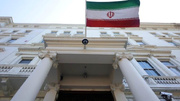
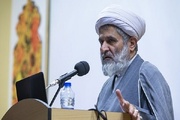





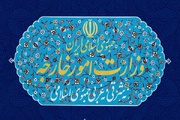


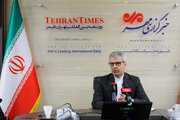



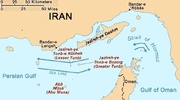





Your Comment